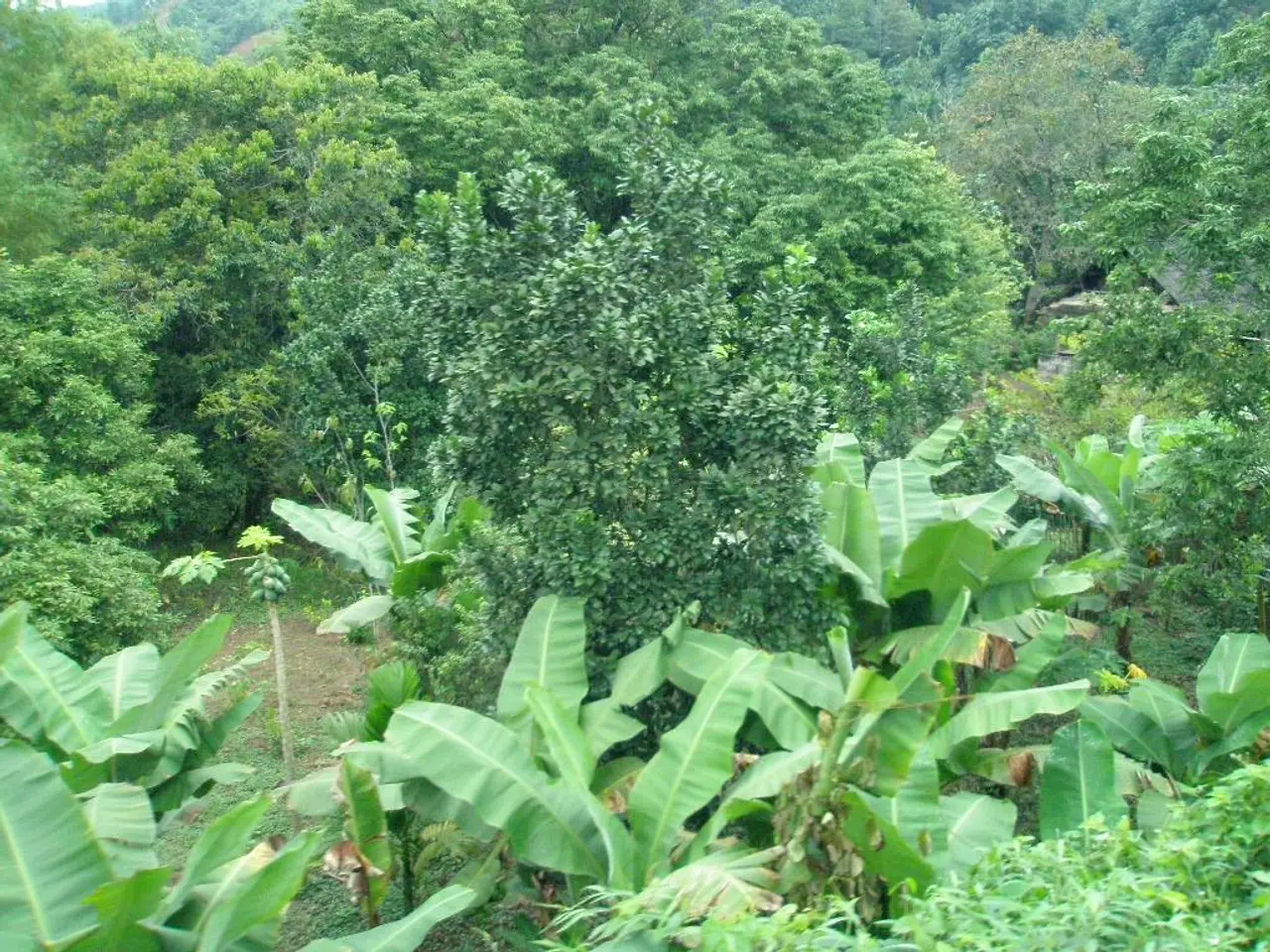Explanation on the Structure of Binary Trees
Binary trees are a fundamental data structure in computer science, characterized by nodes that can have up to two child nodes, often referred to as the left and right child. This structure is versatile and forms the basis for more complex tree types, such as Binary Search Trees (BSTs) and AVL trees.
Binary Trees
A binary tree, in its simplest form, is a general tree structure with each node having at most two children. This structure does not have an ordering constraint, making it a flexible foundation for various applications.
Binary Search Trees (BSTs)
BSTs are a special type of binary tree that introduces an ordering property. In a BST, all nodes in the left subtree have values less than the node’s value, while all nodes in the right subtree have values greater than or equal to the node’s value. This ordering ensures efficient operations like search, insertion, and deletion, often with O(log n) average time complexity.
AVL Trees
AVL trees are another type of self-balancing BST that maintains an additional property: the heights of the left and right subtrees of any node differ by at most one. This balancing condition ensures that the tree remains approximately balanced, thus guaranteeing worst-case O(log n) time complexity for search, insert, and delete operations.
Key Properties
| Tree Type | Relationship to Binary Tree | Key Property | |------------------|---------------------------------------------------|----------------------------------------| | Binary Tree | General form; nodes have at most 2 children | No ordering constraint | | Binary Search Tree | A binary tree with node value ordering | Left < node < right for all subtrees | | AVL Tree | A self-balancing binary search tree | BST + height-balance property |
Applications and Considerations
Binary trees are useful for representing hierarchical data, implementing decision trees, and providing a priority queue for searching maximum or minimum in O(1) time complexity. However, they can be space inefficient compared to other data structures like arrays and linked lists.
In a binary tree with N nodes, the minimum possible height or the minimum number of levels is Log(N+1), while the maximum number of nodes at level L is 2. The total number of leaf nodes in a binary tree is equal to the total number of nodes with two children plus 1.
In the worst-case scenario, a binary tree can become degenerate or skewed, leading to slow performance in search operations. To mitigate this, self-balancing tree structures like AVL trees are employed, ensuring efficient operations even in adverse conditions.








